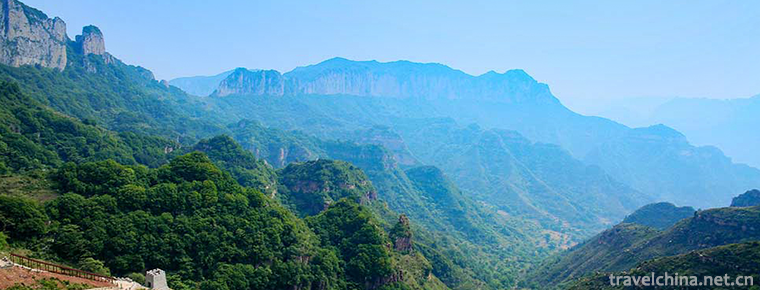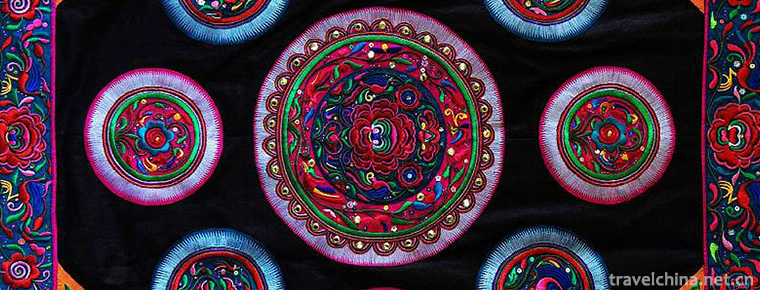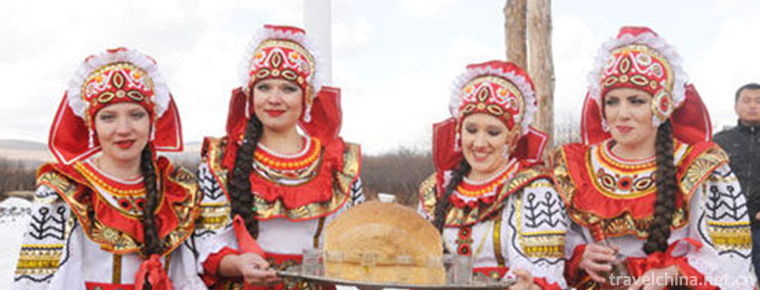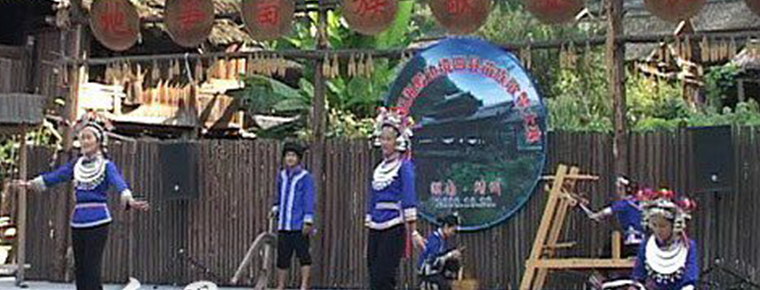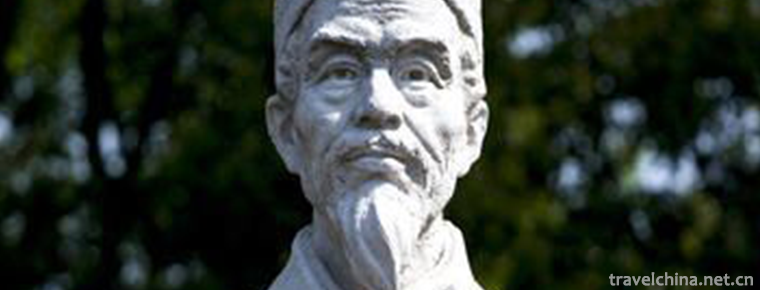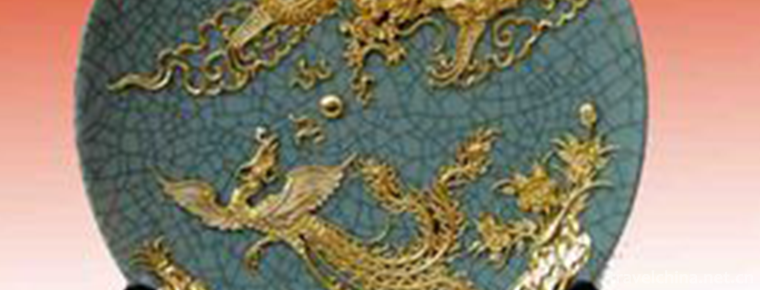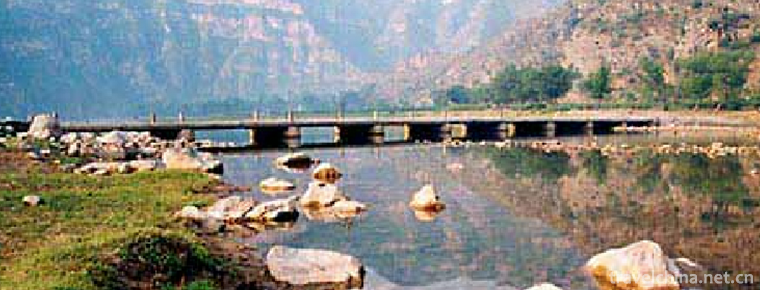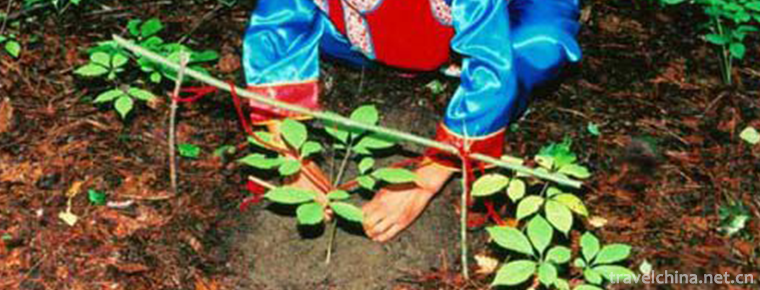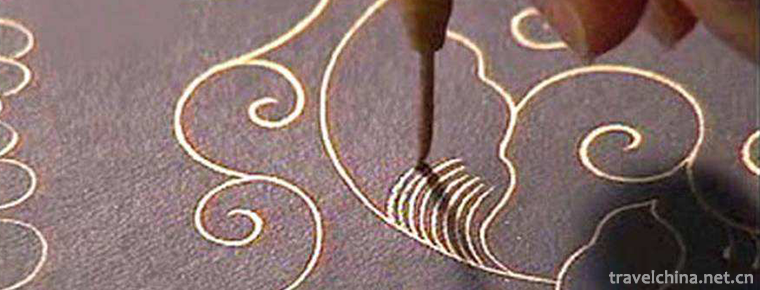Reba Dance
Reba Dance
Reba dance is a form of dance performed by Tibetan "Reba" artists. Reba is a group of street artists who make a living selling arts (usually composed of family as the basic unit) performing, mainly with bells and drums, integrating rap and singing, harmony (singing and dancing), acrobatics, Qigong and Reba opera. It has a relatively fixed set of procedures, consisting of 12 programs, and a full set of performances takes five hours.
On May 20, 2006, Reba Dance was approved by the State Council to be included in the first batch of national intangible cultural heritage list.
historical origin
According to historical records, the production of Reba Dance was founded in the 11th century AD by Milarepa, the second generation ancestor of the Gaju School of Tibetan Buddhism. Others believe that the Reba dance was handed down by Buddhist Dang Bassanger. "Eight Qings of Karma" is the mantra that Aragogue, Master of Bassanger, recites when he sees the devil destroying the people, that is, when Aragogue, a Buddhist monk of Karma sect, sees or hears someone suffering.
There are many legends about the origin of Reba. Legend has it that people built a nine-storey temple at the confluence of the three rivers of Soza, Merry and Shenggua. The rulers tempted people to build temples for them. Five men and five women, one of the founders of Karma, performed drums in their spare time and held a dance festival every floor. After several years of construction, the temple has been built, the drums of Reba have increased, and the dance has also enriched.
Reba Dance Ding Qing Reba
It is believed that the founder of Reba Dance was Milarepa (1040-1125 AD), a Buddhist practitioner who wrote the Taoist Song of Milarepa. Milarepa was born in a place called "Qiongxie", and Ding Qing has been known as "Qiongpu Ding Qing" since ancient times. People in the area generally believe that Milarepa was born in Ding Qing, and Ding Qing has the reputation of "Home of Reba". It is said that Milarepa killed an elephant when he was young. The elephant's skin was laid on the ground, and Miraziba danced on it to worship the gods, thus creating the Reba dance. Up to now, the props and decorations used in the performance of Reba dance also come from the legend of the sacrifice of the god, Milarepa takes the big rib of the elephant as the drum frame, takes the thin skin under the stomach as the drum skin, uses the small rib as the drum mallet, and uses the like intestine as the mesh skirt ear. This legend not only smeared a magical color for folk Reba dance, but also made a direct footnote for the development of dance art from primitive altar to folk.
It should be said that the origin of Reba dance is much older than that of Milarepa. Its predecessor was the ancient local religion before Buddhism was introduced into Tibet, namely the witch dance or totem dance of Ben religion. Ding Qing is an important place for the spread of Ben religion. Zizhu Temple, 40 kilometers away from Dingqing County, is the largest and most complete benzo monastery in Tibet. Experts generally believe that the symbol of the rise of Ben religion from Ali, Tibet, to spread outward is the Zizhu Temple in the area of "Qiongpu Dingqing", and then Ben religion is spread to the area of Linzhi Ben Rishen Mountain. Therefore, the ancient Ben Shamanism witch dance experienced several historical years of precipitation in Ding Qing spread to the folk, become Ding Qing Reba dance has sufficient conditions and reasons.
Hoba Dance. That song, such as Dingar Hoba
According to local artists'recollections, such as the Tibetan version of Naxu Zhiru History written by Renwang Danzeng and Solandoji, the CPPCC, the earliest Dinggar Reba was an independent dance art created and developed on the basis of the original folk Reba by Milarepa and Reqingba, the second generation ancestors of Tibetan Buddhist Kaju School in 1040 A.D. This kind of Reba dance has experienced the development and evolution from the folk to the temple and from the temple to the folk in history.
The Dingga people belonged to the Naxiu tribe in northern Tibet since ancient times, while the Naxiu tribe is famous for its ability to sing and dance. People express their feelings in the form of singing and dancing. Over time, Dingga people have their own songs and dances. In the long evolution of the years, they constantly absorbed and integrated foreign art, and finally formed a unique form of singing and dancing for the Dingga people - Dingga Reba.
Current situation of inheritance
"Reba" used to be a skill and difficult dance for professional folk artists to survive by selling art. The formation of Reba Team usually takes the family as the core, or several families cooperate to form a team, with more than 20 people and less than 4 or 5 people, all of whom are capable of singing and dancing and have their own unique skills. There are strings (Erhu), drums, bells and other instruments accompanied. The whole performance was complete and rigorous, with rich drama and sports contents and implications. It is a kind of national folk sports dance with a very good fitness function. "Reba" is popular in Changdu and Gongbu areas in eastern Tibet and in Yushu Tibetan areas in Yunnan, Sichuan and Qinghai provinces.
Inheritance Significance
Reba's predecessors were "witchcraft" and "totem dance" of the Tibetan primitive religion "Ben" religion. It has a long history, rich content, unique style, superb skills, funny Taoism and peculiar mask. It also absorbs the essence of ancient Xiangxiong culture, religious culture and folk art, thus becoming a wonderful flower in the splendid ancient Tibetan culture and art. It has high artistic value and research value. Reba dance is distributed in Changdu, Gongbu, Naqu and other Tibetan areas such as Yunnan, Sichuan, Qinghai and Gansu.
Reba Dance Ding Qing Reba
Dingqing Reba is an indispensable unique variety of Tibetan folk dance, with its ancient tradition, numerous schools and superb skills. After liberation, although there was a decreasing trend in the number of folk Reba artists, they not only inherited the traditional Reba better, but also made some reforms in acting skills and costumes to meet the needs of stage performances because the literary and artistic workers at all levels went deep into their lives and worshiped the folk artists as teachers. Nowadays, the Reba dance has been on the stage at home and abroad, and is loved by the audience. In 2002, Dingqing County was named "Hometown of Reba Art" by the people's government of Tibet Autonomous Region. In today's fragrant world of so-called flooding of modern art, the reason why Ding Qing Reba can last forever and become a history of dancing and singing is that it can spread for hundreds of years, and successors have benefited from the efforts of those folk artists who love and devote themselves to the art of Reba. It is their efforts that have made this ancient cultural and artistic form, which is loved and welcomed by people, passed down from generation to generation and become more perfect.
Dingqing Reba, as an ancient and splendid national culture and art, is obliged to develop and inherit it by relevant organizations and individuals at all levels under the protection of national policies.
Hoba Dance. That song, such as Dingar Hoba
For hundreds of years, Dinggar Reba has been improving with the joint efforts of Dingga villagers, and its dance styles and programs have become more and more abundant. Dingga Reba contains the traditional Tibetan culture, reflects the creative ability of Tibetan people's excellent singing and dancing art, reflects the open integration of Tibetan culture, and is unique in Tibetan Reba dance.
The state attaches great importance to the protection of intangible cultural heritage. On May 20, 2006, it was approved by the State Council and listed in the first batch of national intangible cultural heritage lists. On June 8, 2007, the Jumbureba Dance Performance Team of Dingqing County, Changdu District, Tibet Autonomous Region won the first Cultural Heritage Day Award promulgated by the Ministry of Culture.
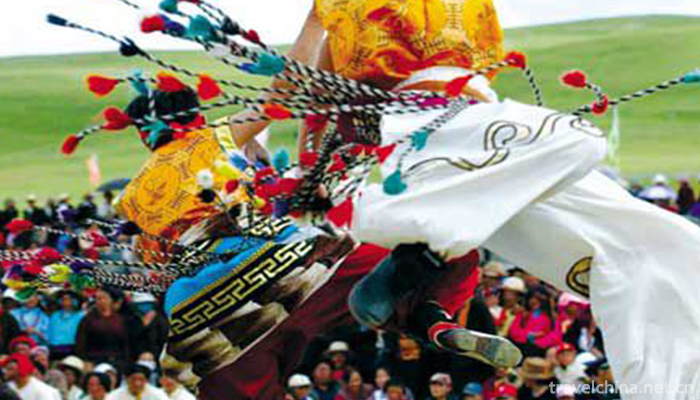
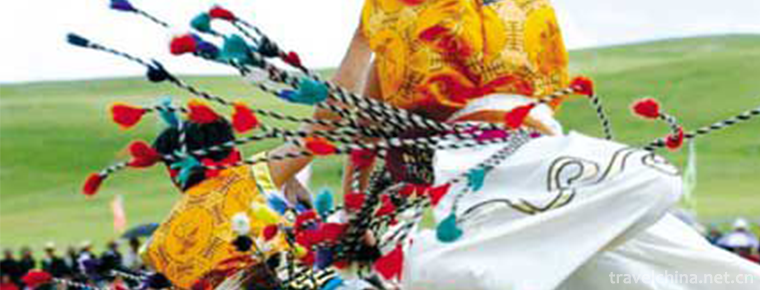
Reba Dance
-
Qibugou Scenic Area
Qibugou Scenic Area is located in Wu'an Huoshui Township, Handan City, Hebei Province. Wu'an National Geological Park and the hinterland of the National Forest Park, Hebei Province
Views: 192 Time 2018-12-17 -
Dong embroidery
Dong embroidery is an important branch of Chinese minority embroidery, which uses a needle to puncture and attaches various colored silk or cotton threads to the surface of the fabric to form various
Views: 146 Time 2019-04-27 -
Russian Basque Festival
"Russian Basque Festival" is an important traditional festival of the Russian people in Erguna, Inner Mongolia, no less than the Han Spring Festival. Every year during the period from late A
Views: 284 Time 2019-04-28 -
Jingzhou Miao Geku
The Miao people's song (tgong) has been declared as the first batch of national folk intangible cultural heritage and one of the two "national treasures" of Huaihua City.
Views: 154 Time 2019-05-08 -
Legend of Li Shizhen
Li Shizhen is a great medical scientist in Ming Dynasty in China. His footsteps have traveled all over Jiangxi, Jiangsu, Anhui, Hunan and Guangdong. The legends about him and Compendium of Materia Med
Views: 247 Time 2019-05-13 -
Xiamen lacquer line carving skills
Xiamen lacquer line carving technique is to use old brick powder, large paint and cooked tung oil as raw materials to mix, repeatedly beat into soft and resilient clay (commonly known as "lacquer
Views: 103 Time 2019-06-12 -
Legend of Yongding River
Yongding River legend is one of the local folklores in Beijing. Among many legends, the legend of river blocking is representative; the legend of Shijing Mountain and Shijing Mountain; the legend of b
Views: 133 Time 2019-07-14 -
The Custom of Collecting Ginseng in Changbai Mountain
The custom of collecting ginseng in Changbai Mountain has a long history. As early as the middle of the 3rd century, ginseng has been excavated. In order to survive and find, excavate and preserve gin
Views: 172 Time 2019-07-25 -
Paper Paper Paper Processing Techniques
Traditional processing paper is to make raw paper into processing paper by dyeing, sizing, powder filling, waxing, mounting, spraying gold, leveling, watermarking, painting and other processes, in ord
Views: 286 Time 2019-07-25 -
Zhuokeji chieftains official village
Zhuokeji chieftain's village is located in xisuo village, zhuokeji Town, 7 km away from malkang county. The village was built in 1718 in the reign of Emperor Qianlong of the Qing Dynasty. It was a four story blockhouse. It was destroyed in the fire in 1936. From 1938 to 1940, the Tusi Suo Guanying organized human resources to rebuild it.
Views: 315 Time 2020-11-07 -
Guangyuan tertiary industry
In 2018, the total social fixed asset investment in Guangyuan was 67.221 billion yuan, an increase of 14.1% in the same caliber. Among them, investment in fixed assets was 64.721 billion yuan, an increase of 16.4%.
Views: 329 Time 2020-12-15 -
Neijiang economy
In 2019, the GDP of Neijiang City will reach 143.33 billion yuan, an increase of 7.8% over the previous year in terms of comparable prices. Among them, the added value of the primary industry was 24.050 billion yuan, an increase of 2.9%; the added value
Views: 371 Time 2020-12-16
